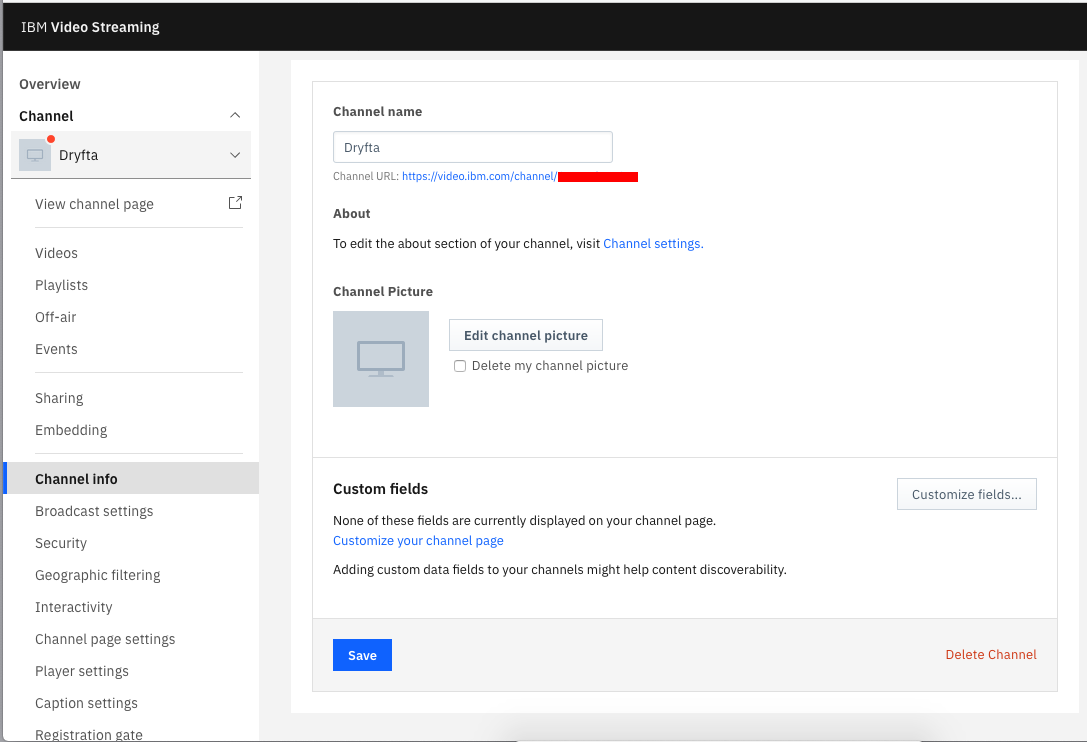
It is the season of gratitude. As we prepare to celebrate Thanksgiving, it is the right time to talk about the post-event thank you email. Many event organizers already know that your event isn’t truly over until you have thanked the attendees, speakers, sponsors and your team for their contributions. Sending a thank you message is your chance to have a lasting impression on people involved in your event.
















